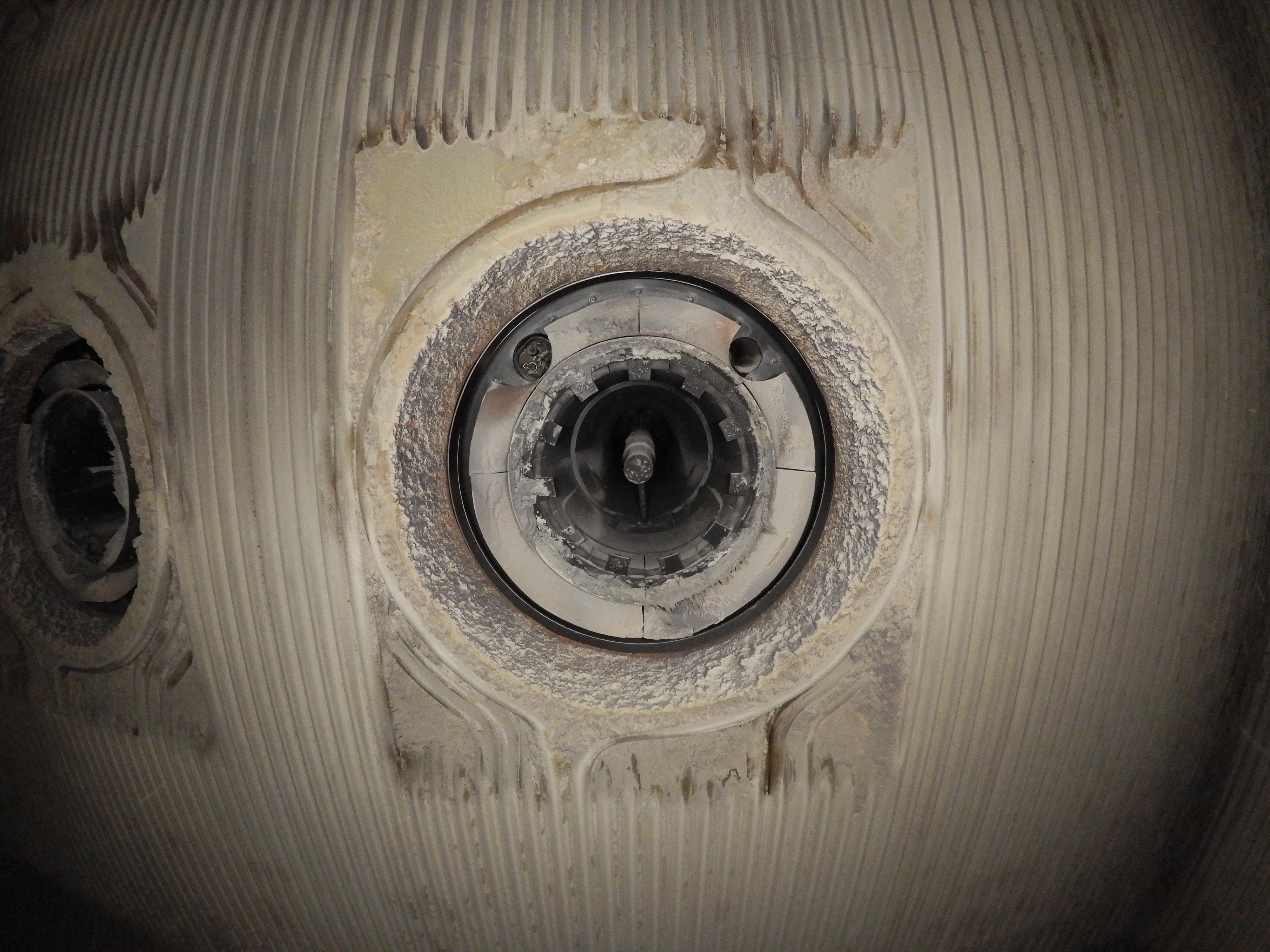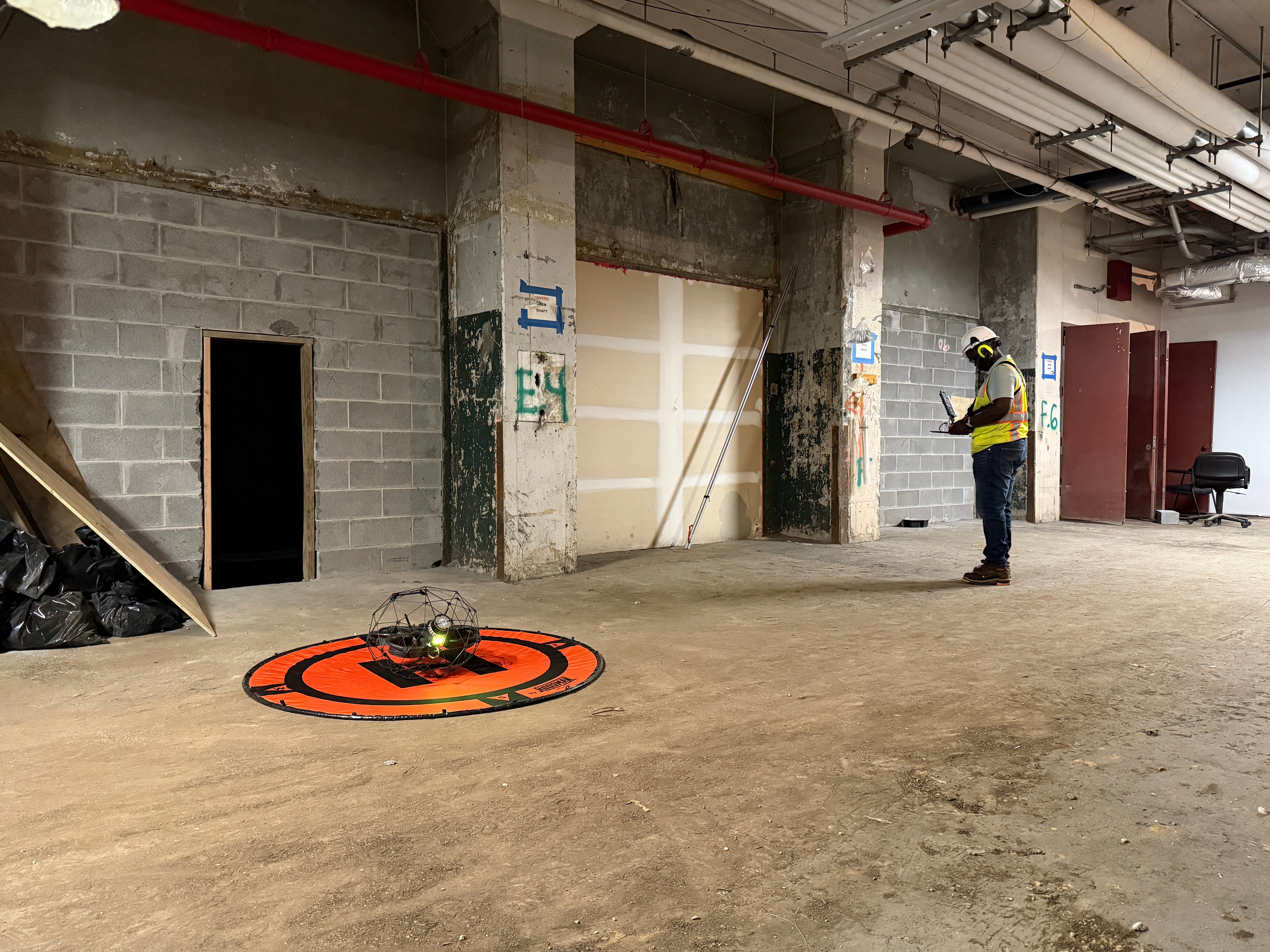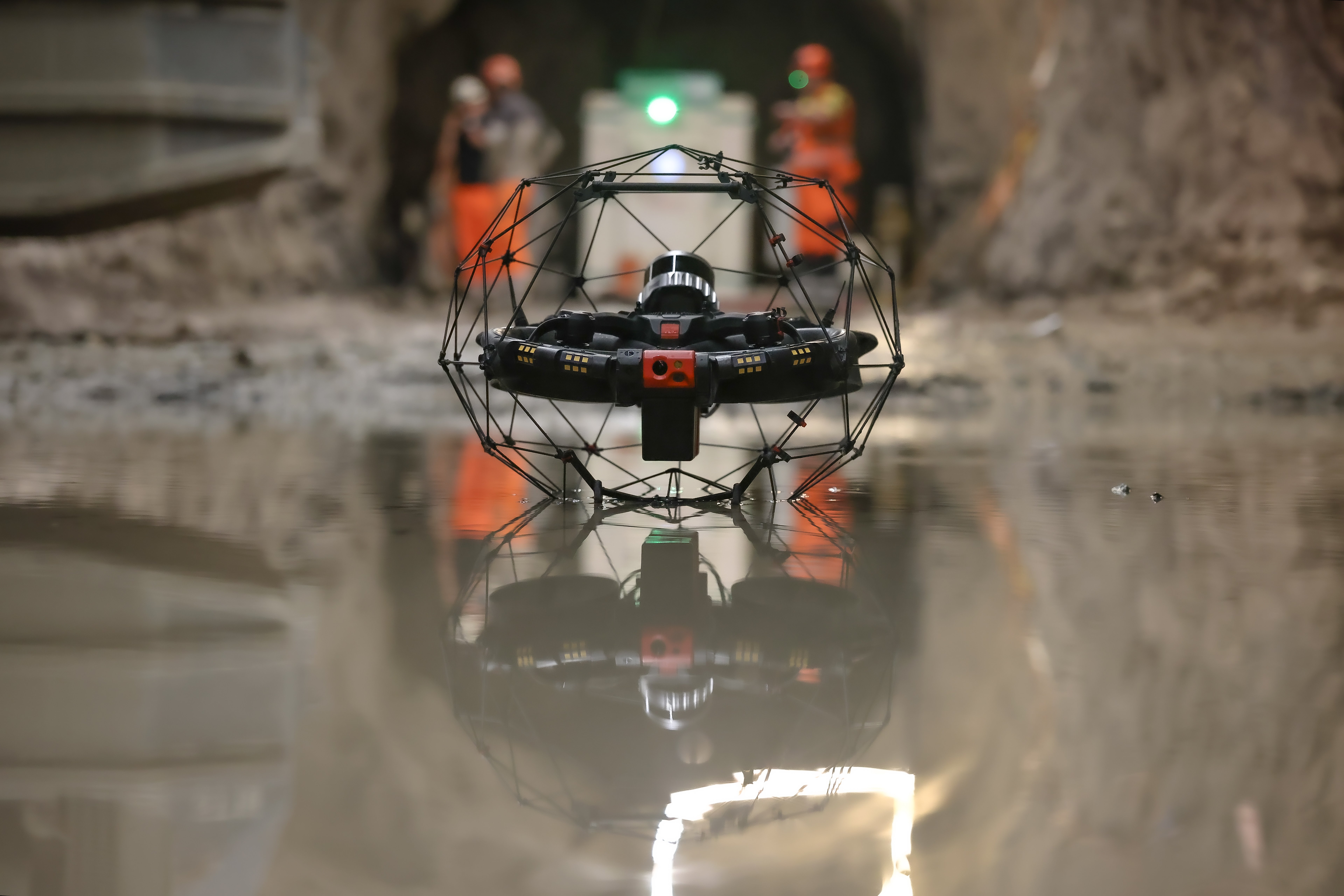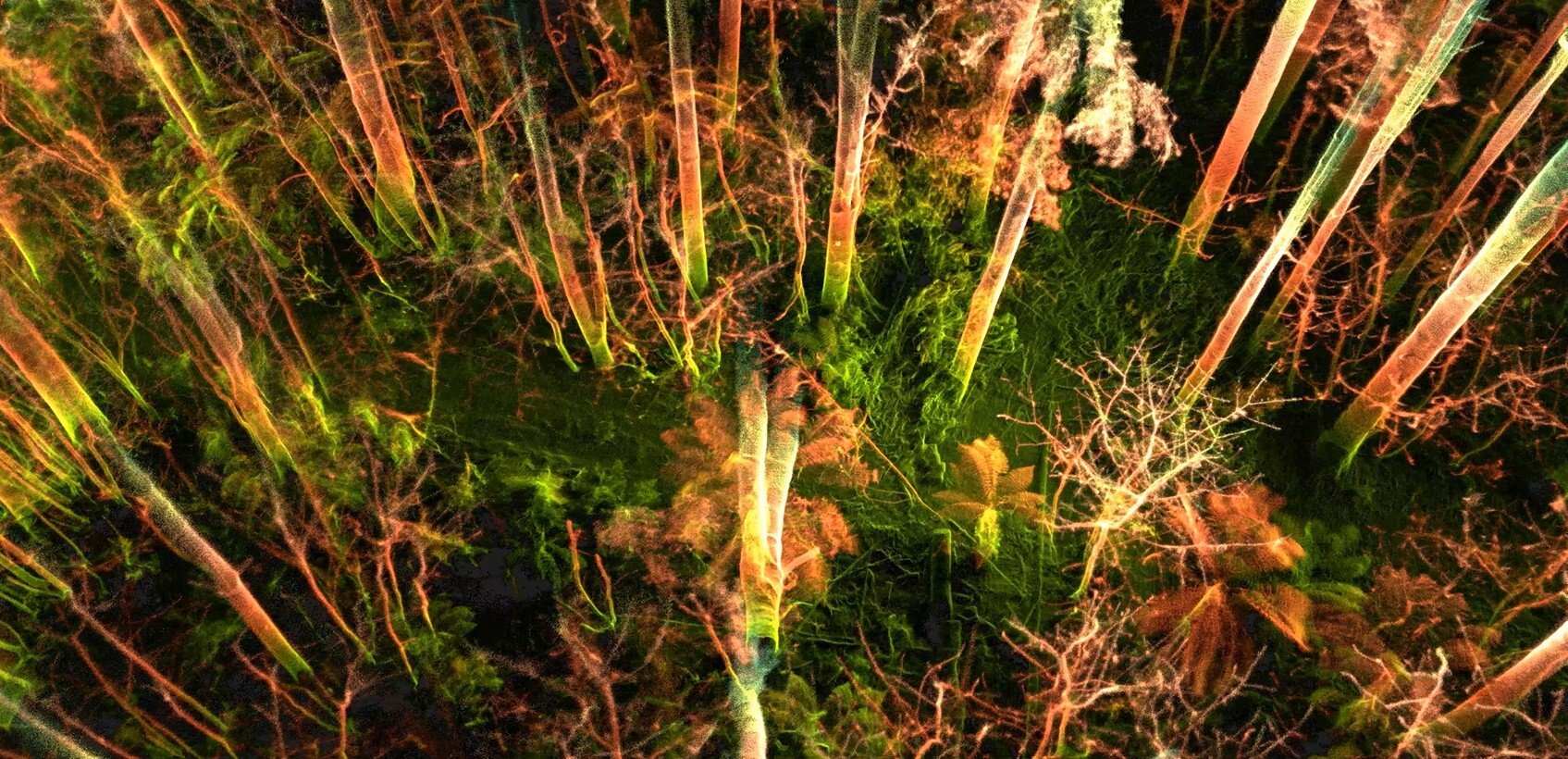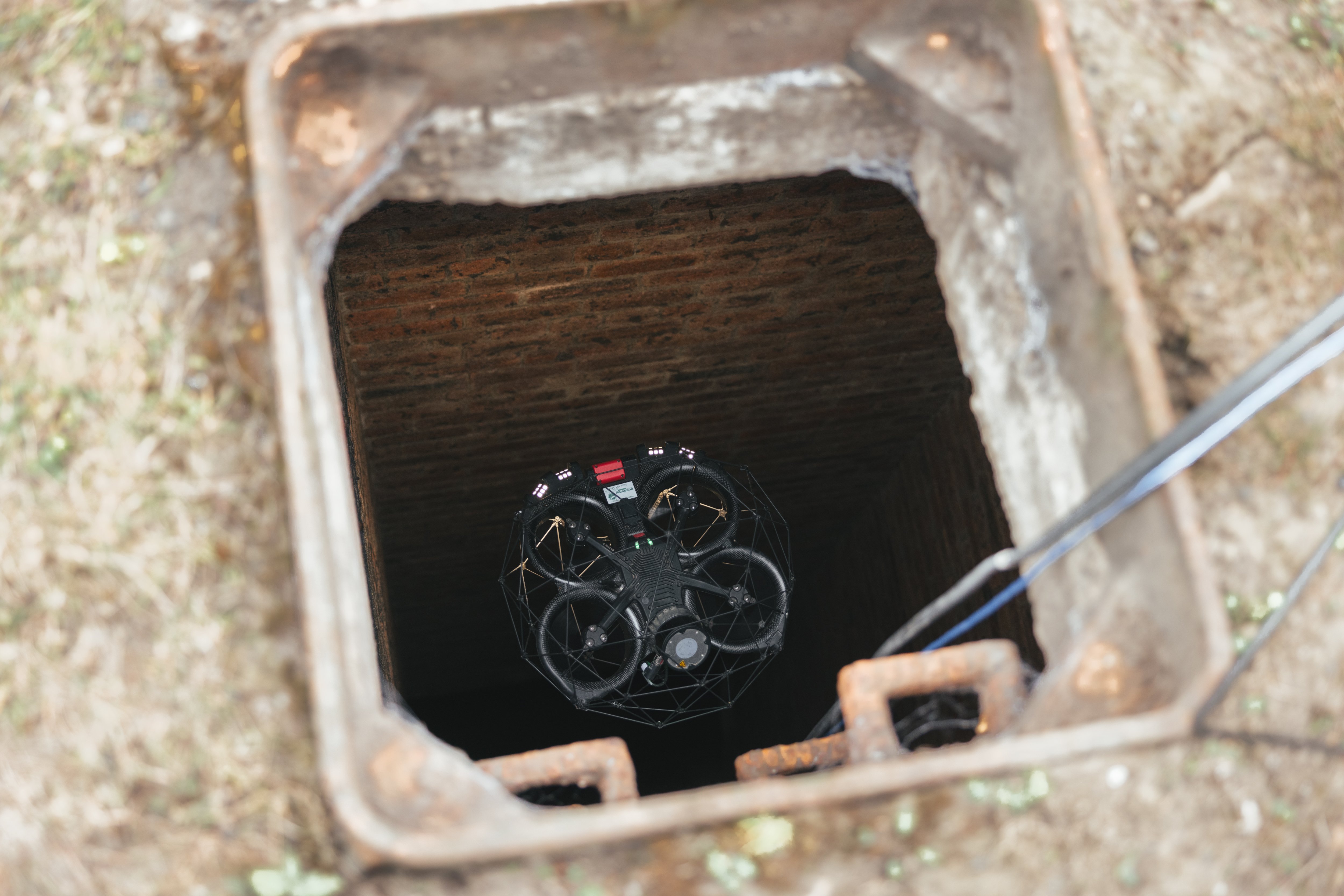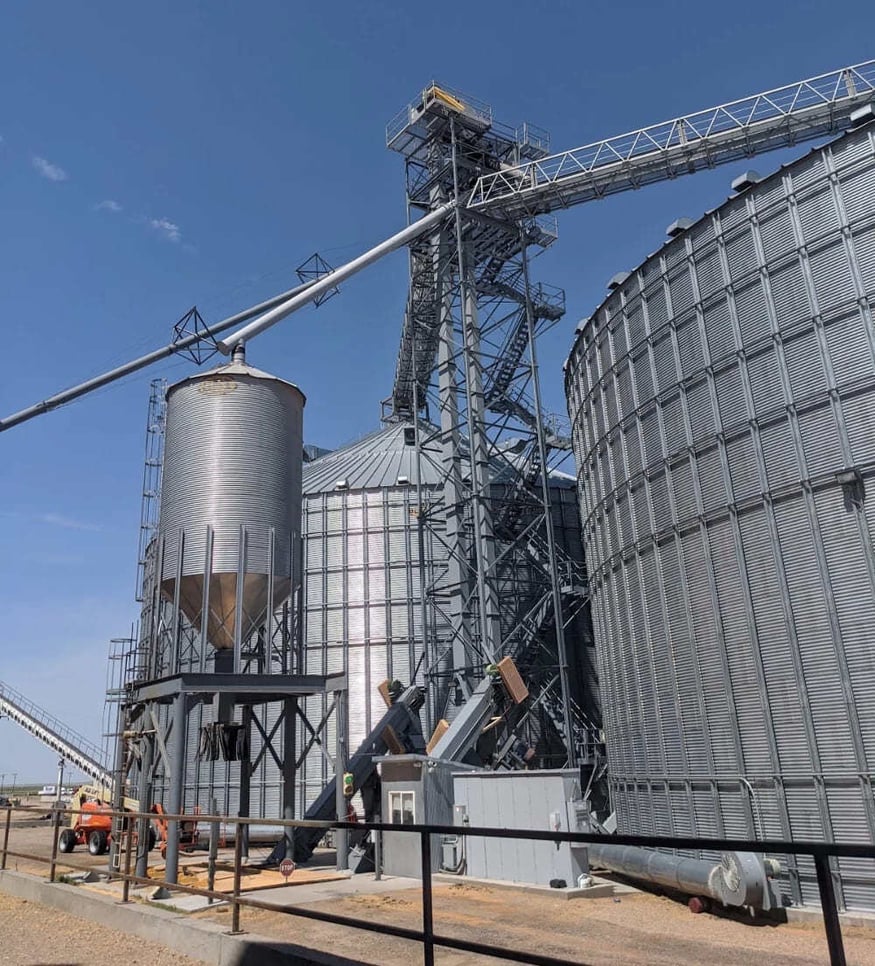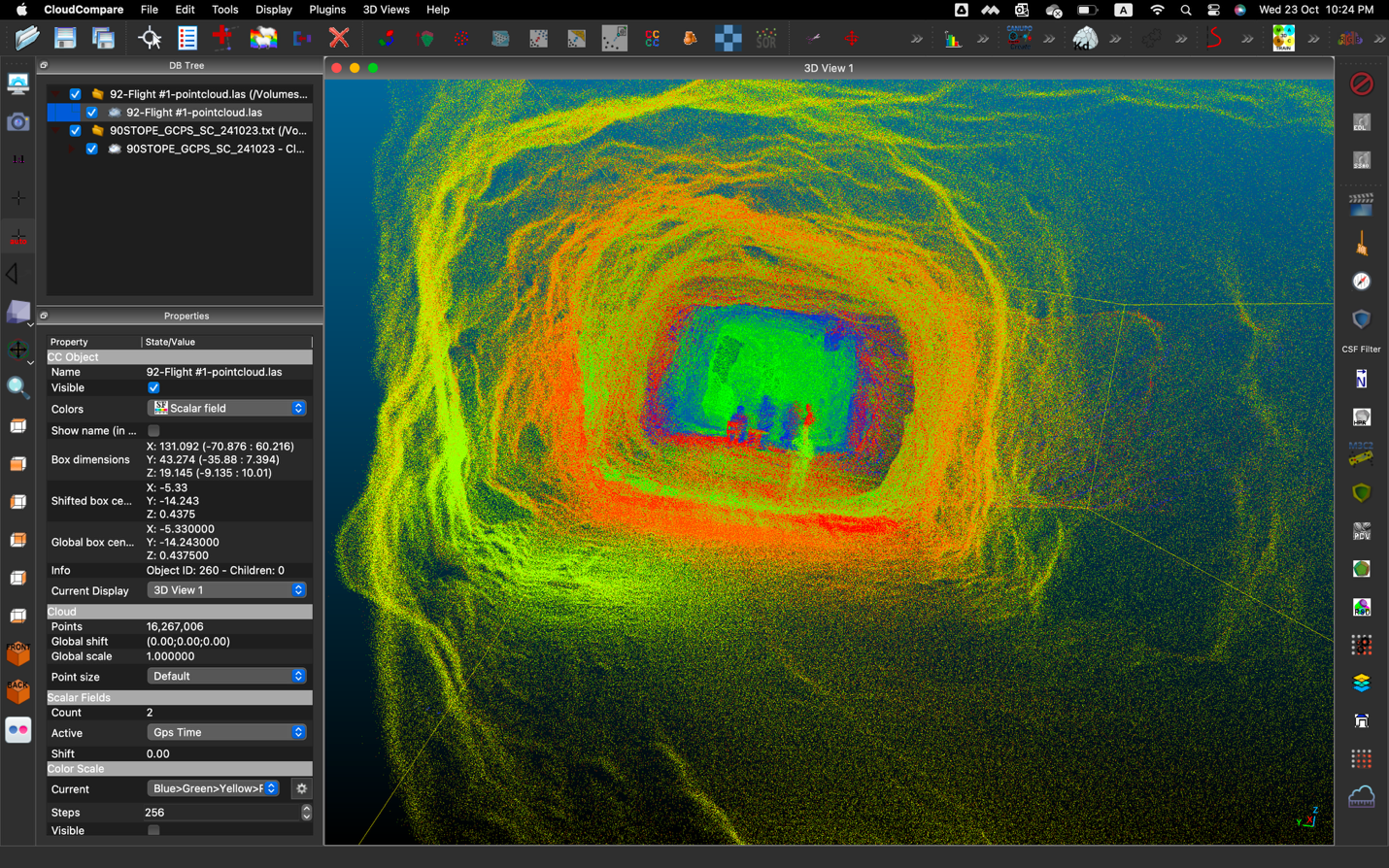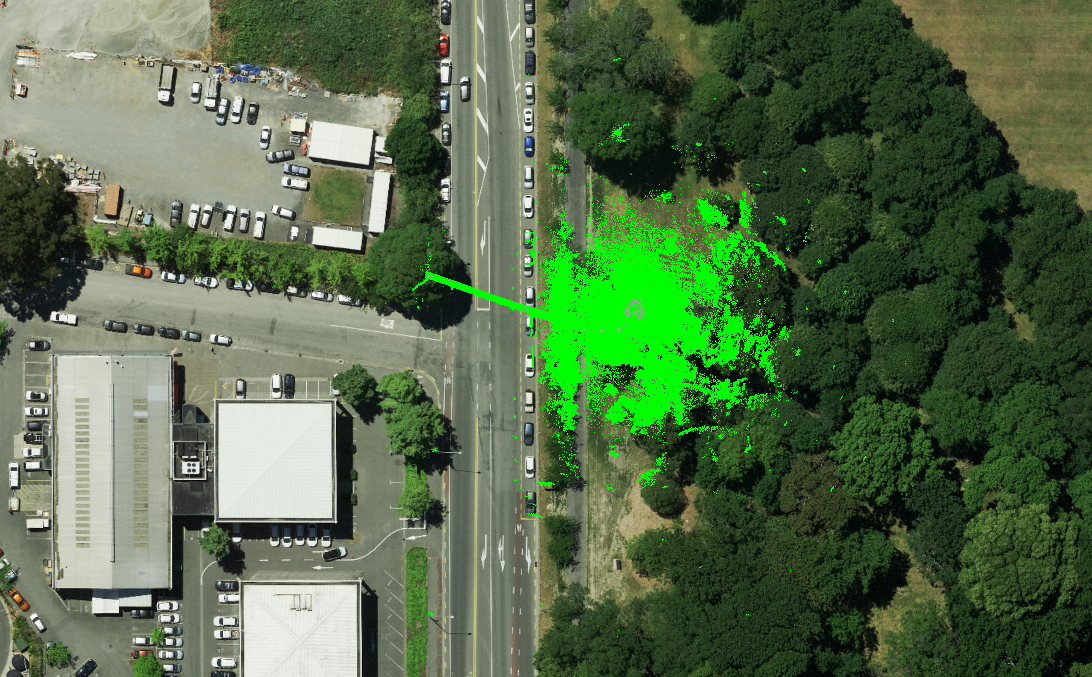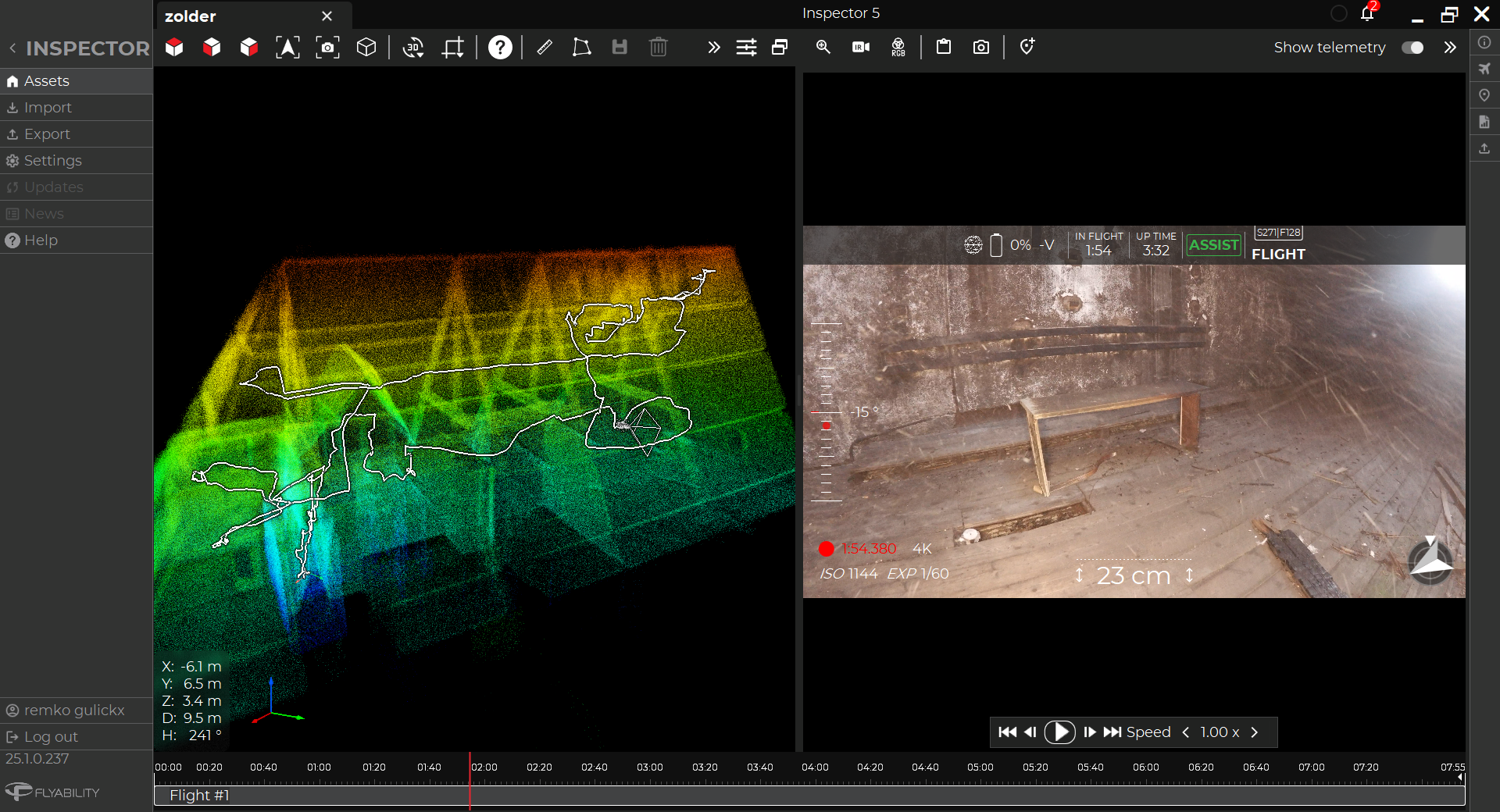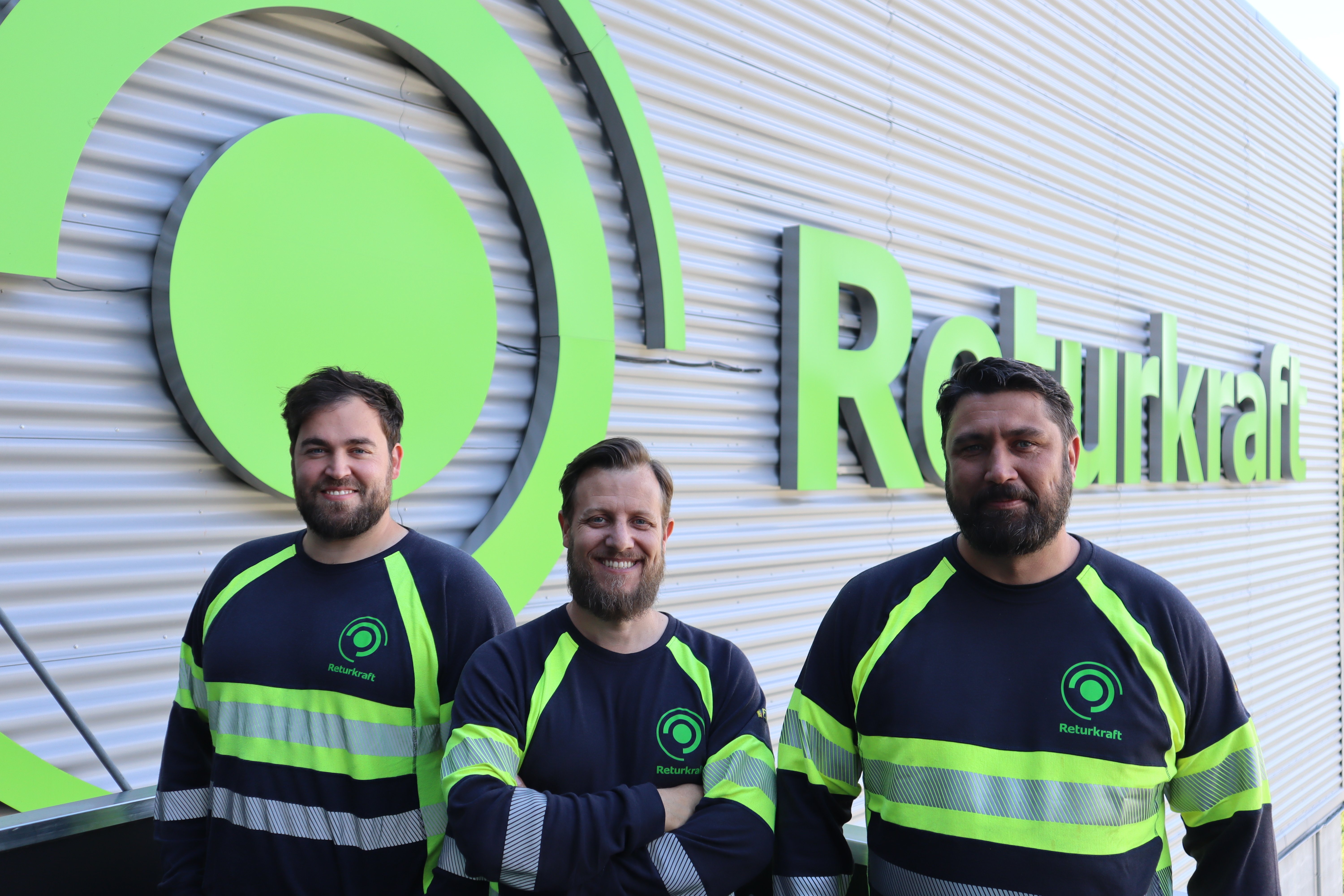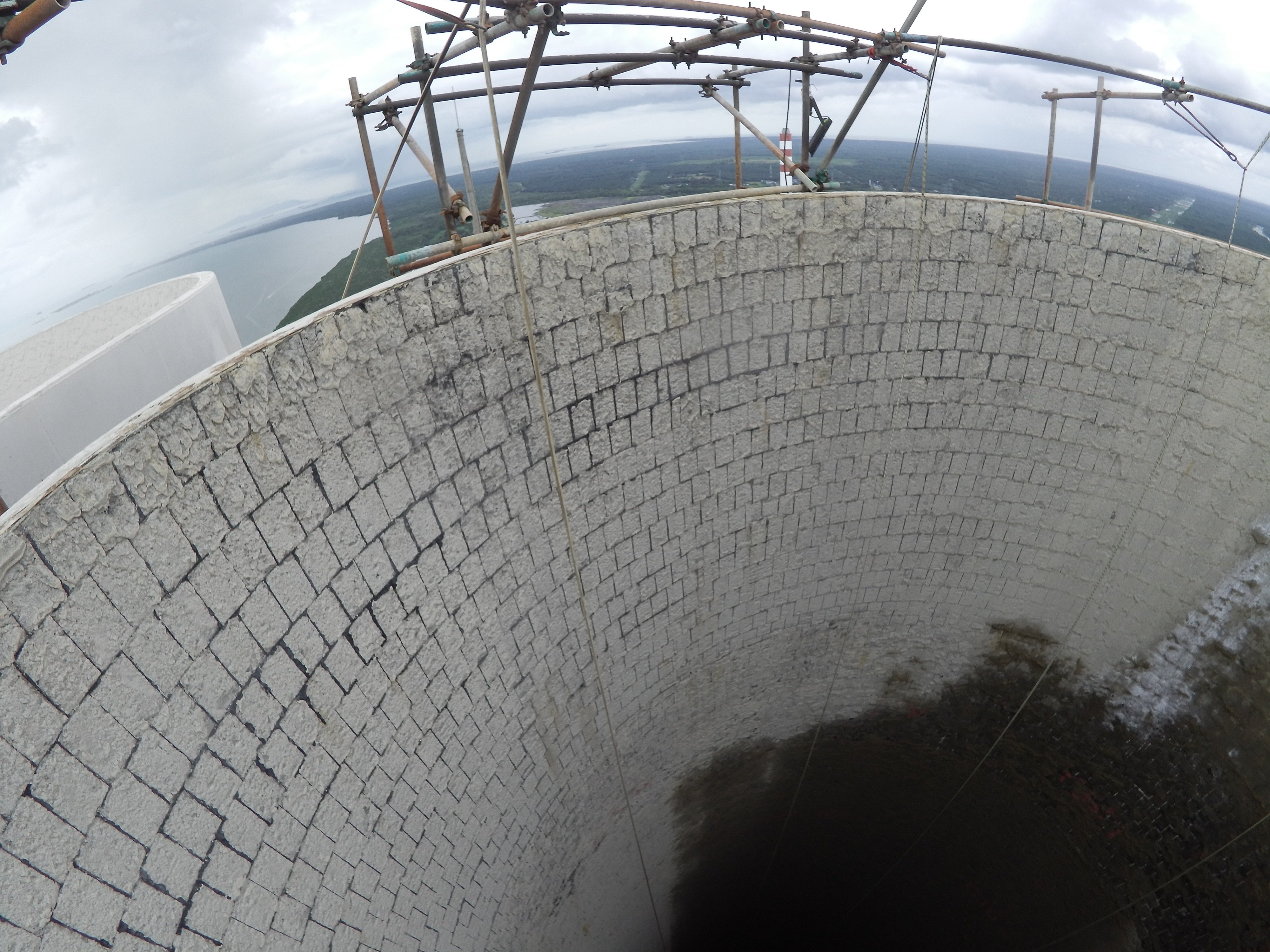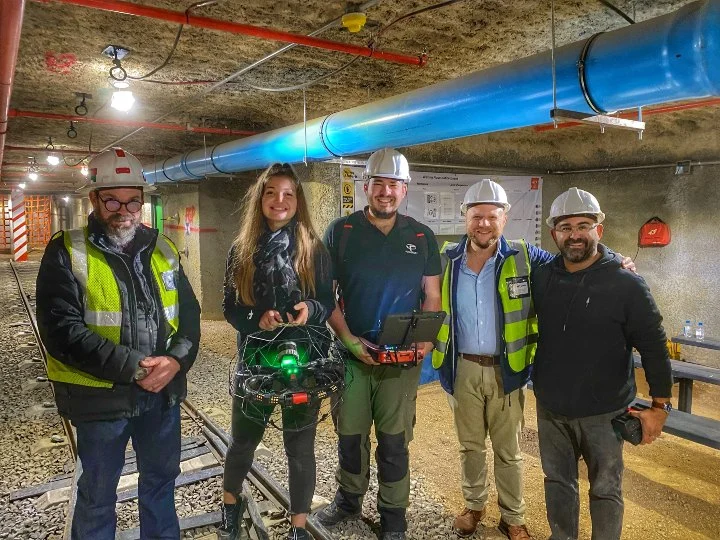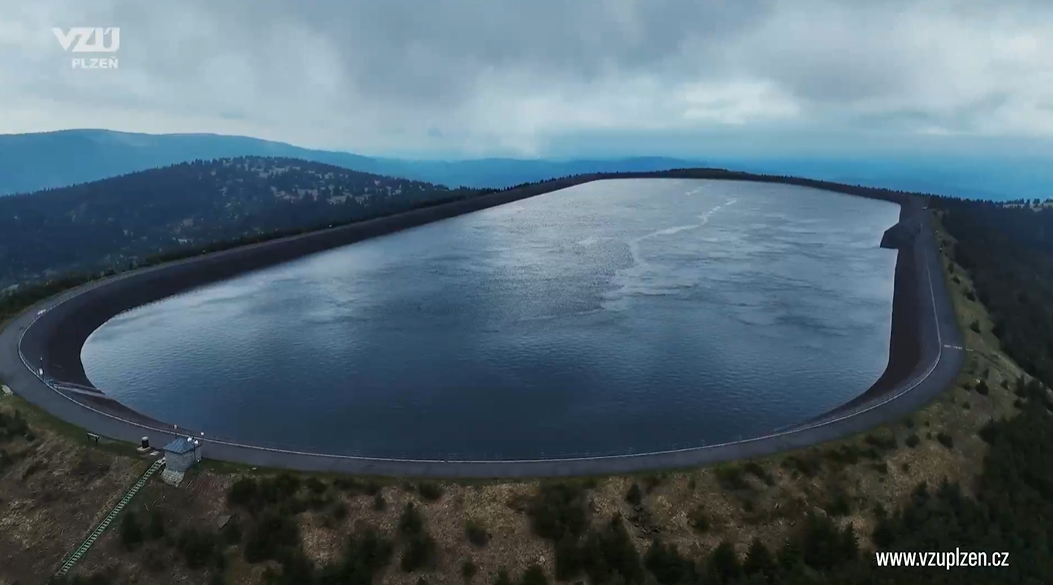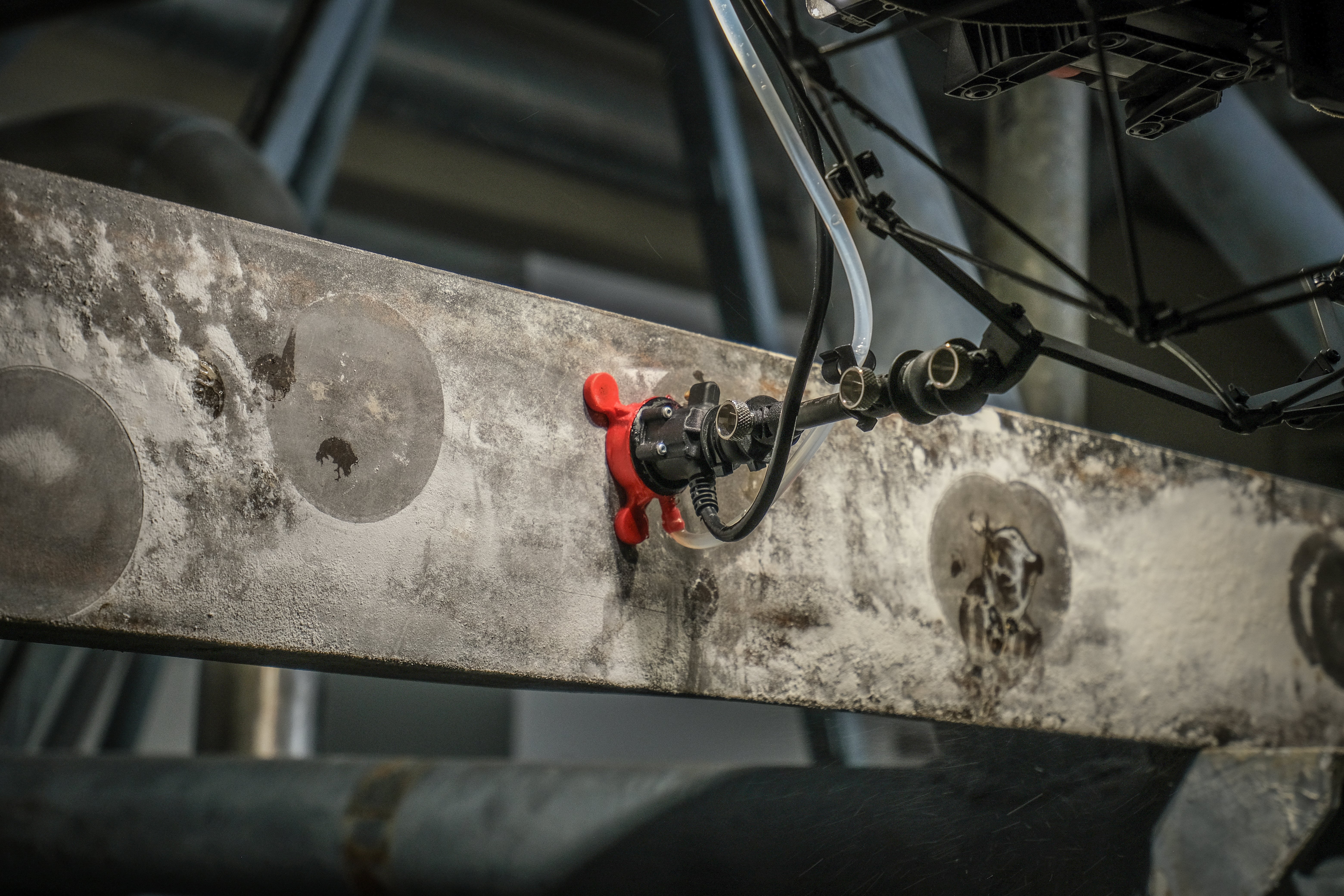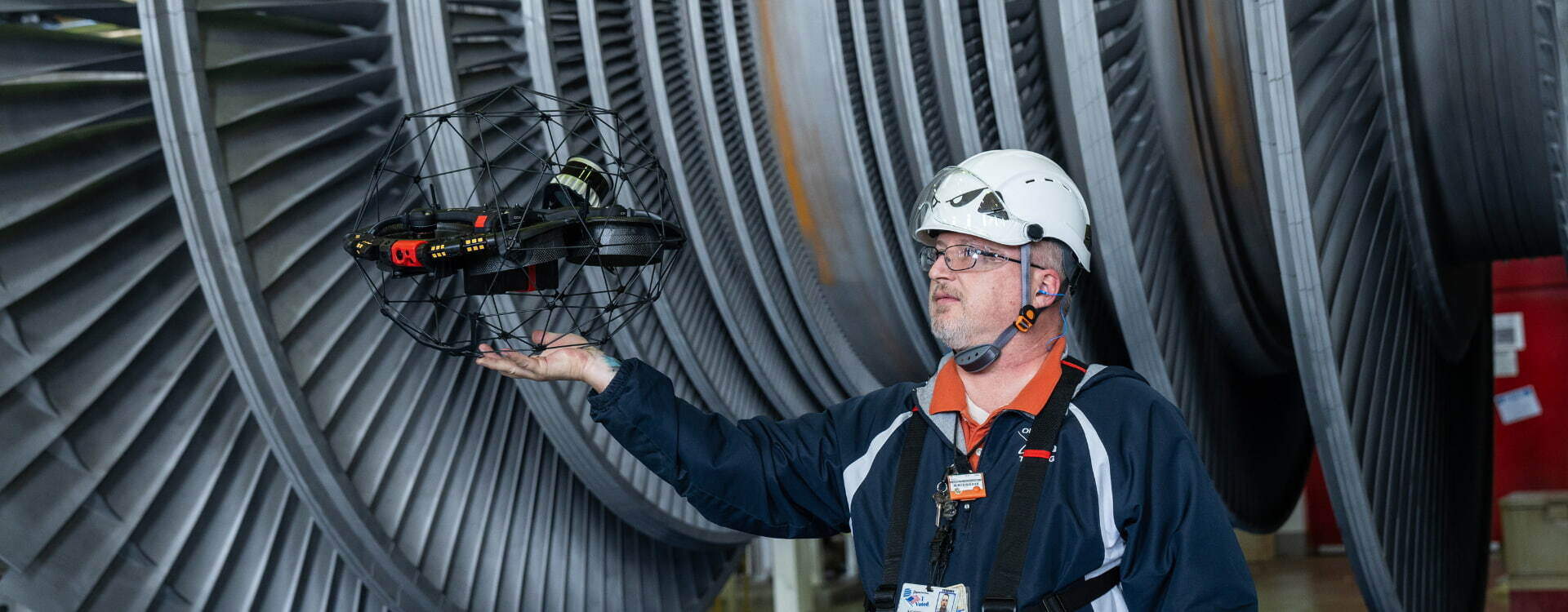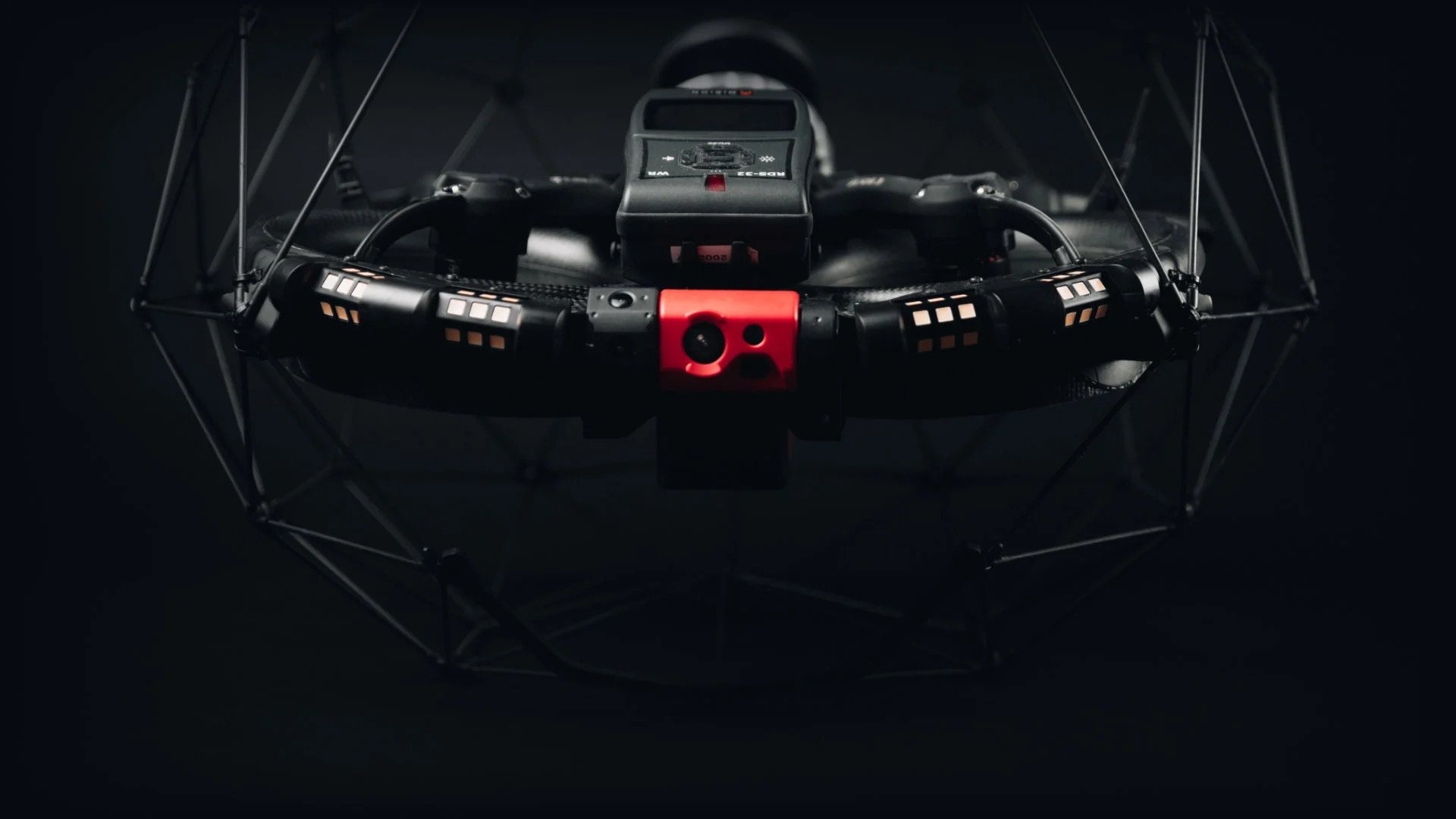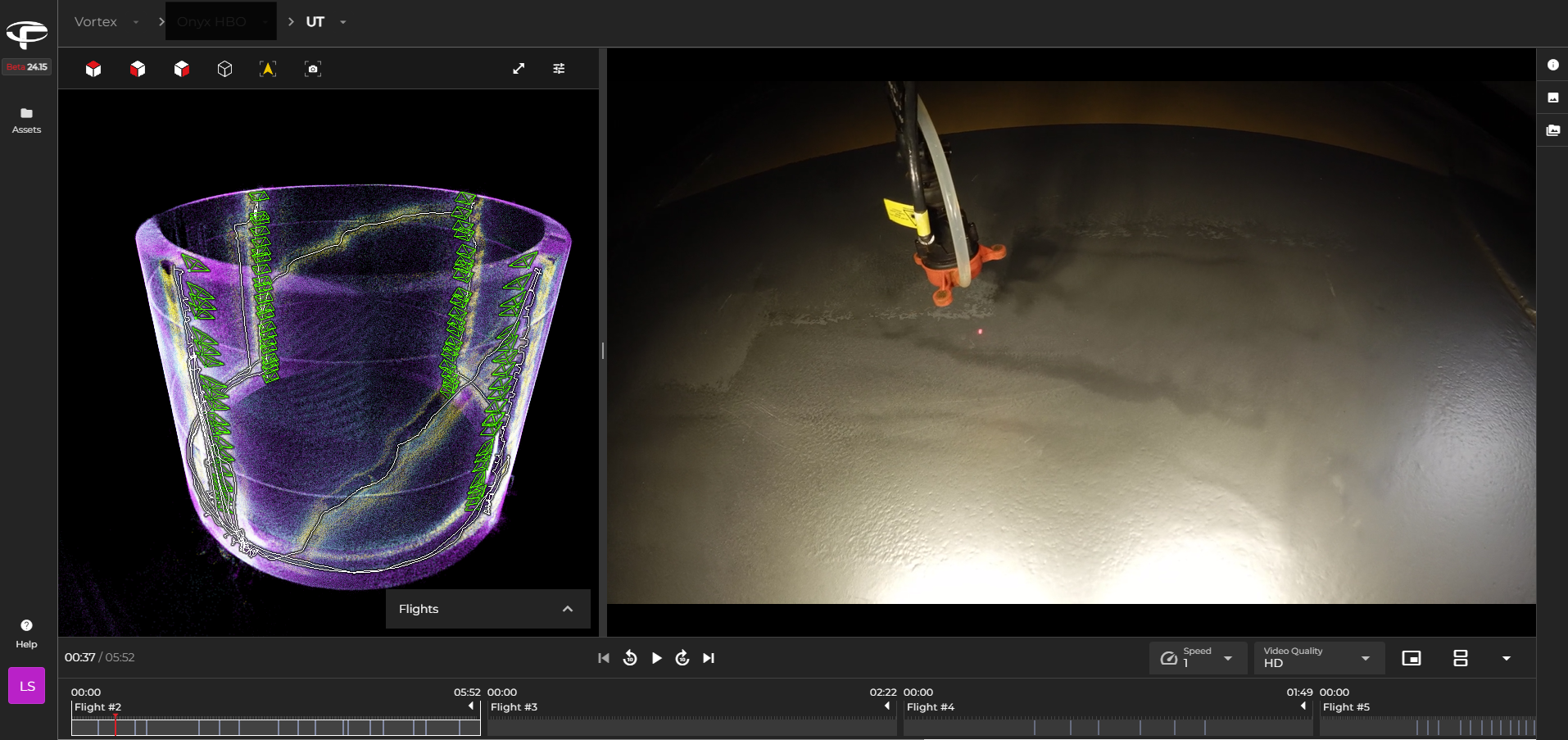- Case Studies >
- Interview: Elios drones at Sellafield, Europe's largest...
Interview: Elios Drones At Sellafield, Europe's Largest Nuclear Site
Our interview with Amanda Smith, UAV equipment programme manager at Sellafield, dives into how drones are used on-site and how they improve safety.
Sellafield, formerly Windscale, is a large site on the Cumbrian coast of the UK. It was an active nuclear power plant until 2003. Now it is the site of an immense decommissioning project, one of the biggest in the world, that will last for decades.
|
Amanda Smith, the lead of the UAV equipment programme at Sellafield, is part of the Engineering and Maintenance Profession. This programme is part of the specialist equipment services - just one of a range of projects at Sellafield, which numbers 3,500 staff. Amanda talked to us about the initiation of a UAV programme there and how they are using drones to achieve the site’s key goals: work more safely, quickly, and cost-effectively. |
|
Tell Us About Your Background. Did You Work With Drones Prior To Starting The Sellafield UAV Program?
I’ve been in charge of the UAV programme at Sellafield for about four years. I had no direct experience with drones prior to this role, but our team saw the value that drones could potentially bring to our site.
I am an electrical engineer by trade, so it was a learning curve to go from knowing nothing about drones to being able to grow our business around it. Now, though, we are conducting flights routinely and they’ve become a valuable tool for inspections. With the latest technology, we are looking into the potential for completing radiation detections with drones in the future.
Tell Us About Sellafield - What Are You Doing There?
The best way to describe Sellafield is to picture it as being a small town - it is almost six square kilometers in size. It has its own fire service, medical team, and a range of departments around the site.
Sellafield is one of 17 sites across the UK that make up the Nuclear Decommissioning Authority (NDA). This is a government programme that is charged with cleaning up the UK’s early nuclear sites. Some of the sites have their own drone programmes, and we share our learnings and processes between sites to spread awareness of best practices - and obstacles. This has meant that our team has supported flights on other sites at Bradwell in Essex and Sizewell in Suffolk.

Amanda has been in charge of the UAV programme at Sellafield for about 4 years
Part of my role with Sellafield as part of the NDA is to test future technology and assess its potential use on our sites. We don’t just look at the technology itself but the companies behind it, so we can advise on how future products are shaped in a way that will best suit us.
How Would You Describe The Sellafield UAV Programme?
Our first ever tests with drones at Sellafield were done using an external contractor who explained the basics of a drone programme and its potential use on our site. After assessing the applications, we decided to create an in-house program.
As this was new technology to the site, it took 6 months to get clearance for and complete our first flight. We had to set up a process, follow safety regulations, and get the green light from various departments and site management teams. Our initial assignments were to do with security and resilience response. However, our programme began to expand in 2020 and in 2021 we completed over 200 asset inspection flights. Now our drone fleet has over 20 drones and around 20 remote pilots who help us to operate.

Screenshot from an inspection completed with an Elios drone at Sellafield
As of 2023, I directly manage four equipment engineers who are also remote pilots. They know all there is to know about our drones. Their work includes researching and selecting the right drones, testing them on-site, as well as writing operational and maintenance guides amongst other tasks. Once a drone is part of the fleet, our engineers monitor it through strict maintenance schedules that we have in place with varying degrees of detail every three, six, and twelve months.
In addition to the core group of four, there is an Emergency Duty team made up of a rota where teams of two people are on-call all year round, even over holidays.
Annually, we conduct at least 200 flights with the core team alone. We used the drones for external inspections initially but we are now seeing a major ramp up in internal inspections too. The outputs include visual inspections, 3D models, and LiDAR scans. With the Elios 3 RAD, there are potential applications we could unlock following testing and proof-of-concept flights.
How Are You Using Drones In Radioactive Or Contaminated Environments? We've Heard About Radioactive Dust - Could You Tell Us More About That And What Challenges You Face?
We face several obstacles with equipment of all kinds in this environment. There are two terms to be aware of: radiation and contamination. We are dealing frequently with both contamination and newly radioactive materials or radiation itself.
Contamination is our more significant challenge. You cannot remove equipment from an environment if it is considered contaminated. To define it as “all clear”, you need to be able to prove that every single surface of that device has been cleaned and declared uncontaminated. But we face a lot of “loose contamination” - what you’ve referred to as contaminated dust - that can get all over a drone. This is not a problem in terms of removing it from the propellors or cage of an Elios drone, however, we cannot access the insides of the motors to check they are clear of loose contamination. Thus, once we put a drone system inside a contaminated area, we leave it there. We can change the batteries, collect data, and conduct maintenance, but it must be done within that environment and not leave that space.
However, we have found a limitation with using drones if there is an area with significant quantities of loose contamination. When a UAV flies it naturally disturbs the air which can in turn move this loose contamination. In some environments this is fine. There are strict rules about the quantity and accumulation of loose contamination, and if there is a chance the drone will move the dust in such a way it could accumulate beyond our regulation limits, then we do not use drones in those environments.
You Have A Substantial Fleet Of Elios Drones From Flyability. This Year, We Launched The Elios 3 Drone Along With The RAD Payload Specifically For Use In The Energy Industry. In July 2023, You Had A Proof Of Concept For This Payload. What Was The Process?
The RAD is a specialized payload that can be mounted on the Elios 3 and is used for remote radiation detection and localization. The sensor is an RDS-32WR by Mirion Technologies.
The aim of our concept flight was to see how the Elios 3 and RAD payload would work at detecting changes in radiation as part of a radiological survey with drones workflow. We staged a testing area across several rooms where we used sealed sources that we knew the reading of, in addition to some “dummy” sealed sources to avoid having a confirmation bias. Then a pilot flew the Elios 3 in that area with the RAD payload mounted, and looked for spikes in the readings. This would help us to create a “radiation heat map”, so we could see variations in the space.

Amanda Smith along with representatives from Flyability and Coptrz
This was a collaborative project between my own team, (the remote technologies group), the radiometrics systems group, and the Flyability and Coptrz representatives. Our early indications of the project say that it was successful! The RAD can see elevated doses of radiation, and could even see when we put a particularly high sealed source in a separate room. The RAD sensor identified a spike nearby which the pilot could then investigate in more detail.
After this initial successful test, we will be conducting more tests to find the optimal flight techniques for this sort of data collection. We will also assess how the sensor performs in various environments to create a clear profile of the use cases this could be applied to.

The Elios 3 RAD includes an RDS-32WR sensor by Mirion Technologies (image courtesy of Coptrz)
What Are Your Thoughts On Working With Elios Drones In These Use Cases?
We already have a vast range of projects that we complete with the Elios drones. The RAD payload is particularly exciting as it backs up our site's strategic objectives of working safer, faster, and cheaper.
On our site, we are always thinking about safety, speed, and efficiency. There are benefits to using the Elios drones in each of these categories:
-
Safety is improved by being able to send a drone into environments and either do a pre-survey to test radiation levels before we enter, or it can be used to access contaminated environments quickly. This can help us avoid a person going into an area unnecessarily, freeing up operatives for higher priority projects and helping boost safety.
-
The speed of drone deployment is incredibly high: we can deploy rapidly and we have pilots on-call at all times. We can streamline safety inspections by using drones, and in cases where we use drones to scout an area prior to a person, we have better situational awareness. The data is almost immediately available and ready to empower decision-making.
-
Finally, the cost savings are achieved through multiple methods. We are saving time and therefore money by being able to work quickly, especially some examples where using a drone for high-access areas rather than assembling scaffolding has saved us time, money, and work.
All of this helps us to free up resources across the site and use them elsewhere. Even before the RAD was brought to our site, we had found that using UAVs over traditional methods was helping us to save around 5 million pounds per year.
Furthermore, we are finding a variety of uses for the Elios drones. We have a fleet that includes the original Elios model in addition to Elios 2 and Elios 3 models. We conduct internal drone inspections across a range of areas, and our internal inspections are increasing - especially with the Elios 3’s LiDAR scanner.
A typical inspection example of a project we might do is using the Elios drone to inspect pipe hangers, which protect and suspend pipes transporting anything from chemicals to radioactive material across the site. These pipes are critical to our infrastructure and safety, so inspecting and maintaining them is equally critical. Thanks to the Elios drones, we can visually inspect these assets and inform maintenance teams about any required work, helping reduce the risk of breaks of containment.

The Elios 3 RAD in testing at Sellafield
We are also using the Elios drones to inspect higher, hard-to-reach assets such as crane elements. These can require scaffolding to access with traditional inspection methods, so the Elios drones are saving us lots of safety resources and time. In addition, thanks to the cage, we can be confident in flying up close to assets without fear of a crash which would take a regular propellor UAV out of the sky.
So, What's Next For Your Drone Fleet At Sellafield?
We will keep expanding our use cases. It started with being reactive and ready to respond to an urgent situation but now we are routinely completing inspections. In addition, whenever we complete a project, someone watching will usually say “This is great, you could probably use it to do this as well” and this often opens up a whole new scope of work.
The modular system with the Elios 3 is also exciting. We are currently testing the RAD payload, but the LiDAR payload is already turning heads. A recent point cloud from a LiDAR inspection with the Elios 3 is being used to create a 3D-printed model to visualize a specific element of the site.
In terms of our fleet and its expansion, we are continuing to train our pilots. They learn how to use our drones and the specifications of all the related equipment inside and out. As we find the best ways to fly our UAVs to gather data, we are optimizing our operations. We can’t say everything yet, but we are constantly finding ways for UAVs to help us achieve our goals of making tasks around the site safer, faster, and cheaper.
A big thank you to Amanda Smith and Tom Calverley for their participation in this interview and sharing their story with us. Further information is available on the UK Government page on Sellafield.
Discover more about the Elios 3 and its applications



.png)
